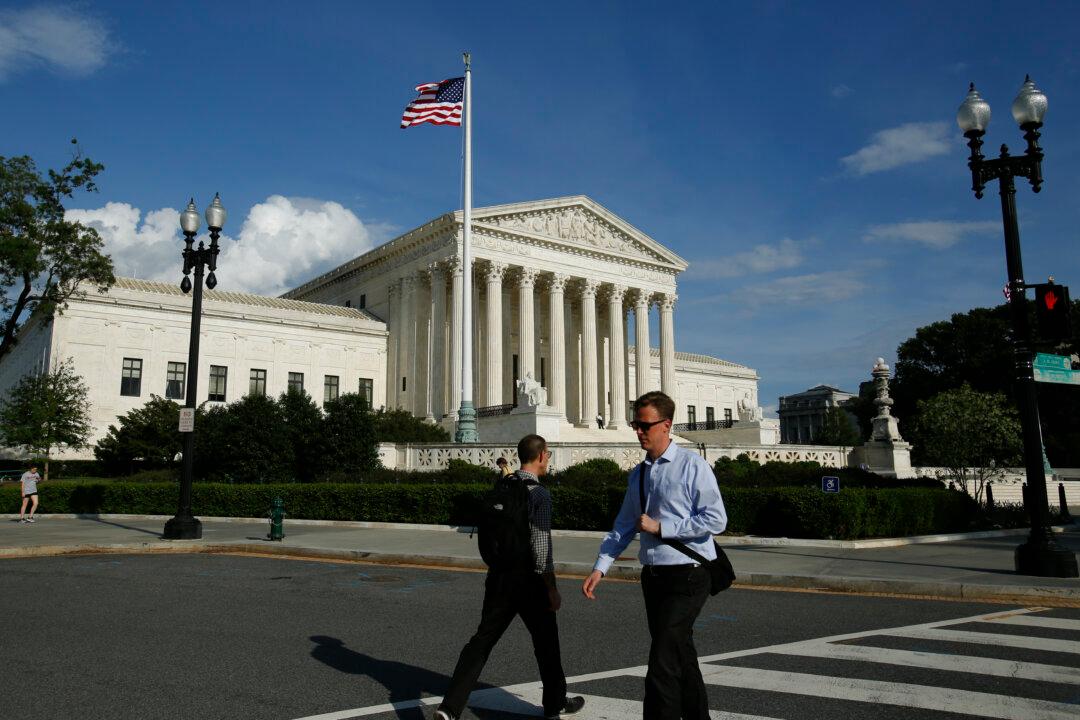Commentary
We complain constantly about how vulgar, hateful, and polarized our public discourse has become. But most of us are unaware of one reason why current standards are so low: the misinterpretation of the Constitution’s First Amendment.

We complain constantly about how vulgar, hateful, and polarized our public discourse has become. But most of us are unaware of one reason why current standards are so low: the misinterpretation of the Constitution’s First Amendment.